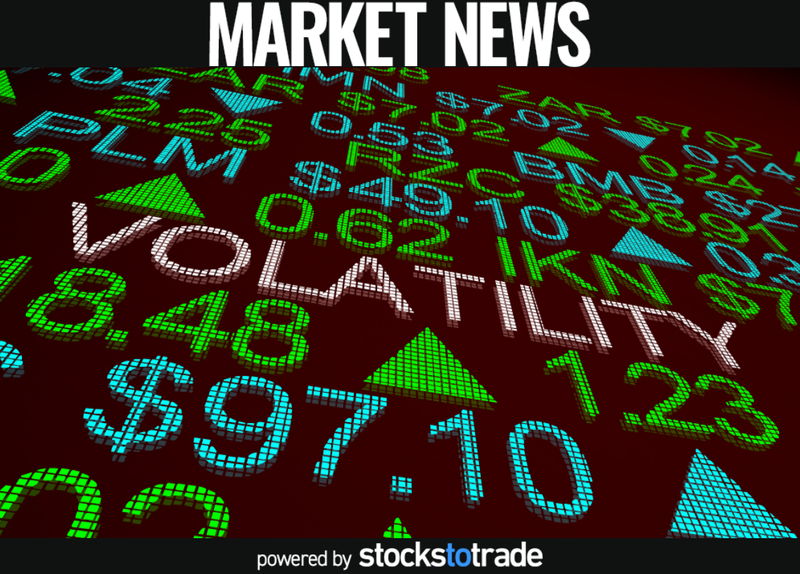“Asset prices may be vulnerable to significant declines should risk appetite fall.”
The Federal Reserve sends out a warning about the possible fallout from the recent stock market boom in its semiannual Financial Stability Report.
The Central Bank released that report Thursday and said the surge of activity in the market in 2020 and early 2021 is creating vulnerabilities in the U.S. financial system as investors and traders take on more risk.
In a statement, Fed Governor Lael Brainard said, “Vulnerabilities associated with elevated risk appetite are rising. The combination of stretched valuations with very high levels of corporate indebtedness bear watching because of the potential to amplify the effects of a re-pricing event.”
Meme Stocks, Archegos Collapse, SPACs
The Fed’s report specifically listed the meme stock frenzy on Wall Street in January and the March collapse of Archegos Capital Management as evidence of “the need for greater transparency at hedge funds and other leveraged financial entities that can transmit stress to the financial system.”
The Fed said, “While broader market spillovers appeared limited, the episode highlights the potential for material distress at NBFIs to affect the broader financial system.”
But hedge funds disagree.
In a statement, Managed Funds Association President Bryan Corbett said, “It is unfortunate policymakers incorrectly conflate hedge funds with unregulated entities like individuals and family offices. Hedge funds are well regulated by the SEC, which collects a broad range of information from managers, including leverage levels. We look forward to working with FSOC to evaluate these events.”
But some analysts have blamed the Fed itself for the elevated prices in the market, as the Central Bank continues monthly purchases of $80 billion in Treasury bonds and $40 billion in mortgage-backed securities.
In late April, Fed Chair Jerome Powell was asked about the bank’s influence on asset prices.
“I won’t say it has nothing to do with monetary policy, but it also has a tremendous amount to do with vaccination and reopening of the economy. That’s really what has been moving markets a lot in the last few months,” Powell said.
Fed officials also say the elevated activity in SPACs amid the pandemic is evidence that current market participants are riskier.
“Elevated equity issuance through SPACs also suggests a higher-than-typical appetite for risk among equity investors.” But the SEC has already stomped on that trend.
Housing Market
The Fed’s report highlights concern about the vulnerability of the housing market.
Although low interest rates have fueled strong demand in the market, the bank said, “downside risks to the sector remain, given the unusually large number of mortgage loans in forbearance programs and the uncertainty around their ultimate repayment.”
The stimulus programs passed by Congress allowed more homeowners to enter forbearance programs on their mortgage instead of selling or being foreclosed on.
And in February the Biden Administration extended those programs through at least June 2021.
Those programs have been partially blamed for the surging home prices.
The supply of homes in the market has fallen to a record low in recent months as homeowners who would typically be forced to sell their homes are being allowed to delay their mortgage payment.
Nothing to Sound the Alarm About Yet
Overall, the Central Bank said the current financial system is sound and COVID-19 remains the biggest threat to the economy.
“If the pandemic persists longer than anticipated — especially if new variants of the virus prove resistant to available vaccines — downward pressure on the U.S. economy could derail the ongoing recovery.”
The bank said if that scenario were to happen “asset prices … could suffer significant declines; highly leveraged nonfinancial firms could see their profits weaken … and the finances of households … could deteriorate.”
Featured Image credit: iQoncept/Shutterstock.com


